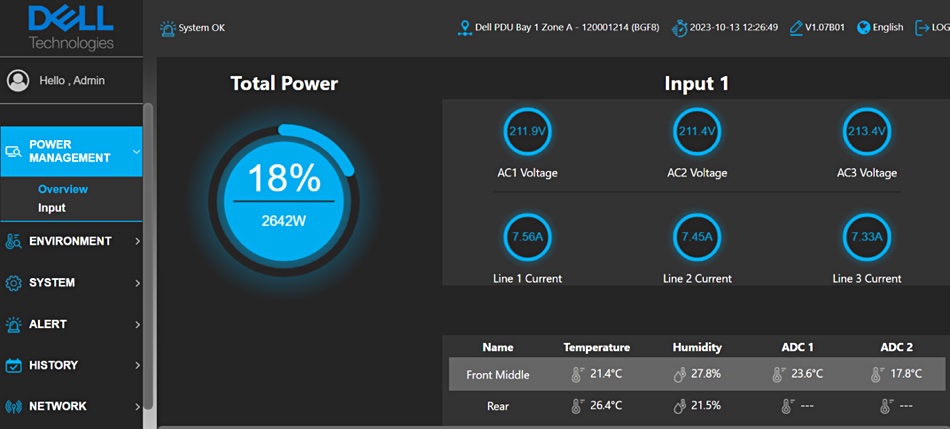A v10.1 software update to the high-end PowerMax storage array from Dell reduces its electricity consumption, the company says.
PowerMax is a mission-critical array supporting open systems, mainframe, and virtualized environments. Compute and media elements can be scaled independently with integrated Nvidia BlueField Data Processing Unit (DPU) technology. There are four models: 2000, 2500, 8000 and 8500. This new software release comes 15 months after Dell announced PowerMaxOS 10 software, which provided more than 200 new features in the storage intelligence, automation, cybersecurity, and resiliency fields.

Ben Jastrab, director of Storage Product Marketing at Dell, said: “We are making it easier than ever for organizations to improve storage efficiency and strengthen cybersecurity, while providing the flexibility to seamlessly scale capacity and performance to keep pace with new business demands.”
Most storage suppliers could say the same things about their software releases these days.
Dell reckons the latest software provides real-time power (voltage, current, frequency) and environmental (temperature, humidity) monitoring, dynamic workload mobility, improved 5:1 data deduplication for open systems, and up to 2.8x better performance per watt, potentially saving $207,000 in electricity costs per array and reducing greenhouse gases by up to 82 percent.
We’re told there are enhanced security measures with federal certification, stronger Transport Layer Security (TLS) encryption, mainframe intrusion detection – claimed to be an industry first – anomaly detection, ignition key support, and NIST-compliant data erasure. Some of these almost seem like fixing niche vulnerabilities, such as Ignition Key Support, a data-at-rest capability leveraging external key managers to protect against physical theft of the array.

The zCID (z-mainframe Cyber Intrusion Detection) monitors PowerMax’s mainframe data access patterns from a zero-trust base and can detect anomalies.
Dell has also improved the automation features with AI-driven health checks, Dell’s CloudIQ AIOps, automated storage provisioning via REST APIs, and a software-defined NVMe/TCP utility that reduces setup time by up to 44 percent.
This is a nice incremental feature set release from Dell for PowerMax users, albeit with a flavor of tinkering at the edges. Very few going to get that excited about ignition key support.
We doubt it will be of much concern to Infinidat, which competes with PowerMax. Another competitor, Hitachi Vantara, is unifying its various storage products, including the top end VSP array under a Virtual Storage Platform One scheme. Dell could do the same using its APEX concept.
Read a blog post by Jastrab titled “Save energy, accelerate cyber resiliency with PowerMax innovation” to find out more details.








